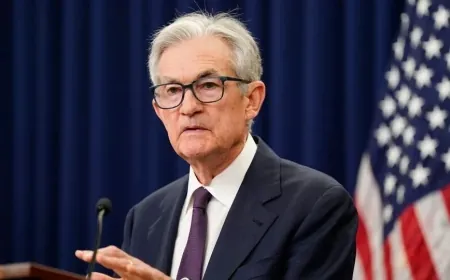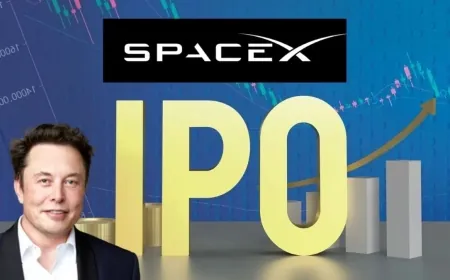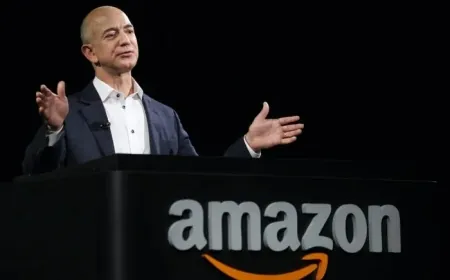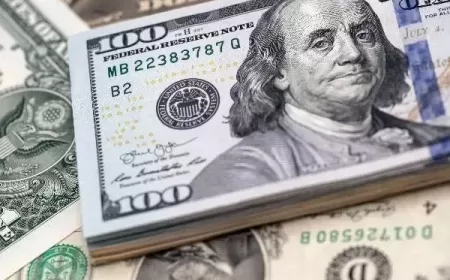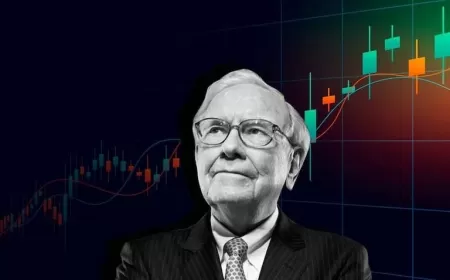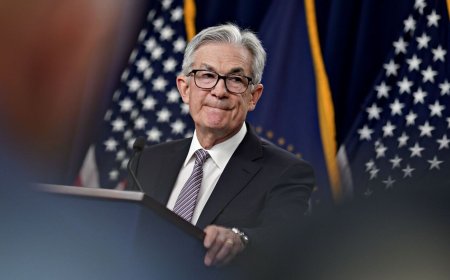Nvidia Eyes $4 Trillion Market Cap After Stunning Comeback, Reclaims Title of Most Valuable Company
With demand for its high-performance chips intensifying, Nvidia surges past Microsoft in market value—just two years after first breaking the $1 trillion mark.
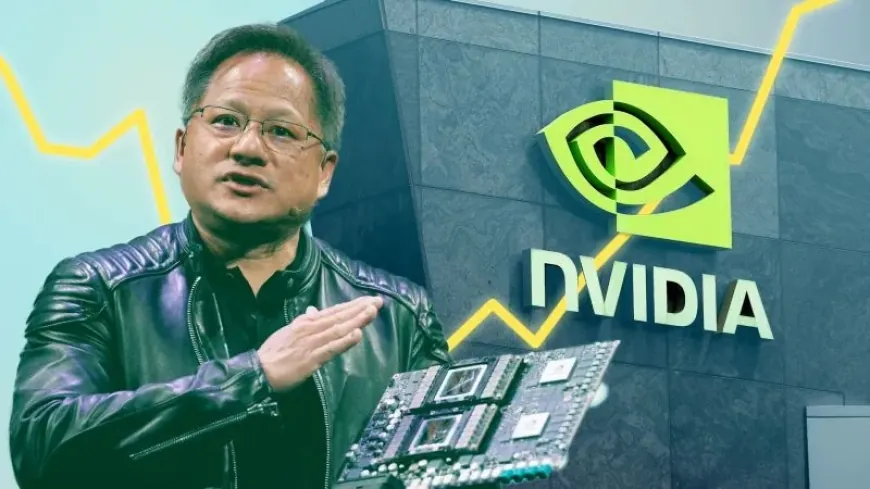
Nvidia Corp. has made a rapid return to the top of the global markets, pushing its market capitalization to $3.8 trillionand surpassing Microsoft to become the most valuable publicly traded company. What once seemed like a distant possibility — reaching a $4 trillion valuation — is now firmly within reach, driven by relentless demand for the company’s high-performance computing chips.
It’s a sharp reversal from just months ago, when the stock took a hit following the public debut of China’s DeepSeek, a cheaper generative AI system that raised doubts about whether global tech firms would continue their spending spree on Nvidia’s high-end computing systems. Those fears have since been overtaken by hard numbers—and harder cash.
Nvidia’s largest customers, including Microsoft, Amazon, Alphabet, and Meta, haven’t slowed their pace. In fact, they’re set to pour an estimated $350 billion into capital expenditures in their upcoming fiscal years, up from $310 billion this year, according to Bloomberg-aggregated analyst forecasts. These four tech giants alone make up more than 40% of Nvidia’s total revenue—a staggering concentration that speaks to both the company’s dominance and its influence on Silicon Valley’s most ambitious infrastructure bets.
The surge in spending isn’t just about buying more GPUs. It reflects a full-scale commitment to rearchitecting data centers and building the backbone of next-generation platforms across search, cloud, and enterprise software. Nvidia’s H100chips, which now cost upwards of $30,000 apiece, are at the heart of this transformation, with customers scrambling to secure orders amid global shortages. The company’s next-generation B100 chips are already drawing early interest, despite limited availability and an even higher price tag.
A 66% rally from Nvidia’s April low has driven the company past previous valuation highs. Early Friday trading saw shares up another 1.3%, pushing it within striking distance of the symbolic $4 trillion threshold. This momentum comes amid a string of bullish calls from analysts. Loop Capital’s Ananda Baruah recently lifted his price target on Nvidia stock to $250, which would imply a market value near $6 trillion—a number previously reserved for the likes of Apple in its peak pandemic era.
Baruah’s thesis rests not just on hardware sales but on Nvidia’s monopolistic position in what he calls “critical technology.” In a note dated June 25, he estimates global AI-related annual spending could hit $2 trillion by 2028, across sectors ranging from healthcare and manufacturing to finance and defense. With few credible rivals and a technology stack that spans chips, software, and systems integration, Nvidia has become the default supplier for any enterprise looking to modernize its compute infrastructure.
Some fund managers agree with that long-term view. Aziz Hamzaogullari, CIO at Loomis, Sayles & Co., said Nvidia is positioned not just as a chip supplier, but as a core enabler of structural change across the global economy. “We see this not as a cyclical uptrend but a secular shift,” he noted. “That doesn’t mean Nvidia’s climb will be smooth, but it does mean they’re likely to be at the center of it for the next decade or more.”
Still, some investors are urging caution. Nvidia trades at 32 times forward earnings, compared to 22 times for the broader S&P 500. The premium reflects enormous expectations—expectations that could be difficult to meet if major customers pull back or turn inward.
There are already signs of this. Alphabet and Amazon have accelerated the development of in-house AI chips, while Apple, though less public about its AI roadmap, continues to invest heavily in custom silicon. These efforts, while still dependent in part on Nvidia's ecosystem, could in time reduce purchasing volumes.
Another wild card is geopolitics. Nvidia relies on Taiwan Semiconductor Manufacturing Co. (TSMC) to produce its most advanced chips. Any disruption in the Taiwan Strait—or shifts in U.S. trade policy—could have immediate consequences for production. The expiration of President Donald Trump’s 90-day pause on the stiffest tariffs is looming on July 9, and what happens next could directly impact Nvidia’s supply chain and margins.
Despite the risks, the momentum behind Nvidia right now is undeniable. Institutional investors are once again building positions, not just on the promise of AI, but on the company’s ability to deliver at scale—on time, and at high margin. Hedge funds and pensions alike are recalibrating their portfolios around the notion that Nvidia has transitioned from a fast-moving tech stock into a foundational component of the modern economy.
Detailed Snapshot: Nvidia’s Market Metrics and Growth Drivers |
|
|---|---|
| Metric | Value / Detail |
| Market Capitalization | ~$3.78 trillion (as of June 27, 2025) |
| Share Price | ~$156.21 |
| Year-to-Date Performance | Gain of ~28% |
| Forward P/E Ratio | ~32× (vs. ~22× for S&P 500) |
| Key Customer Investment | Big Tech to spend ~$350B in FY25 (up from $310B) |
| AI Infrastructure Outlook | Projected $2 trillion annual AI spend by 2028 |
| Analyst Price Target | $250 (potential $6T valuation) |
| Valuation Risk | Premium pricing depends on sustained growth |
| Export Restriction Impact | Estimated ~$8B revenue loss from H20 export bans |
| Geopolitical/Tariff Timeline | Tariff pause on China ends July 9, 2025 |
Whether or not it hits the $4 trillion mark in the coming days, Nvidia has already entered rarefied air. What started as a niche graphics card manufacturer for gamers is now setting the valuation pace for the global equity markets—and reshaping the definition of what a technology company can become.
Also Read: Nvidia Stock Breaks Record — Analysts See $6 Trillion Valuation
|
Follow iShook on Social Media for More Tips and Updates! |


